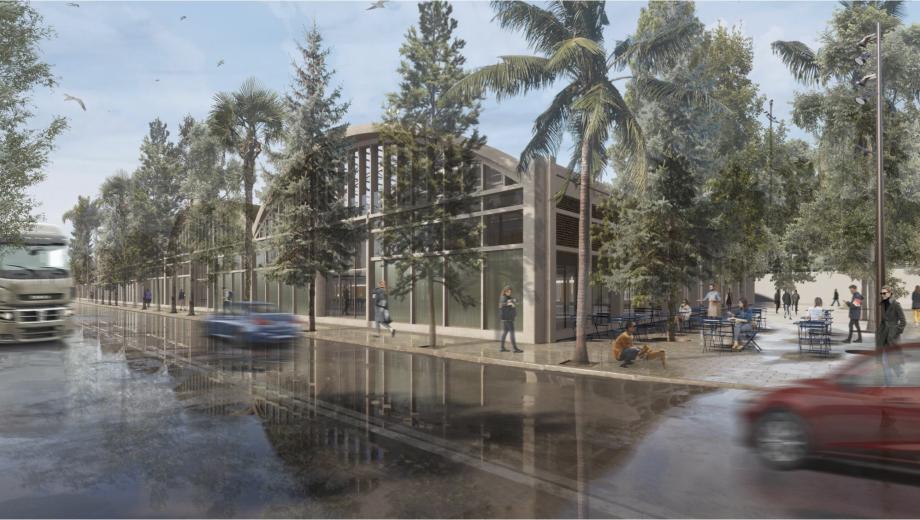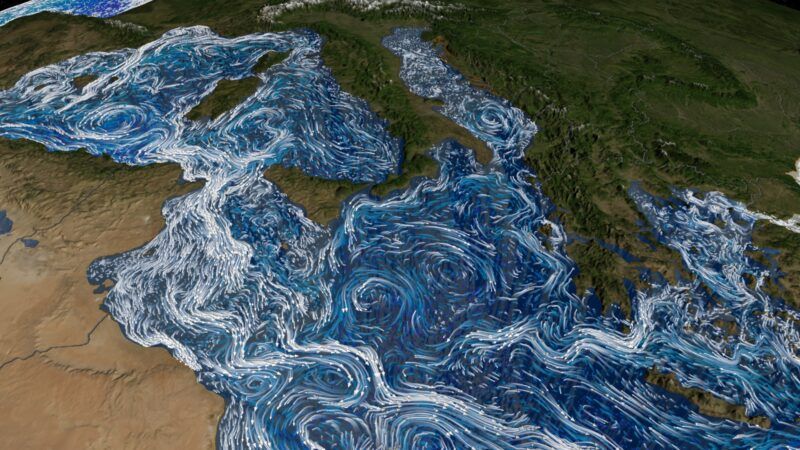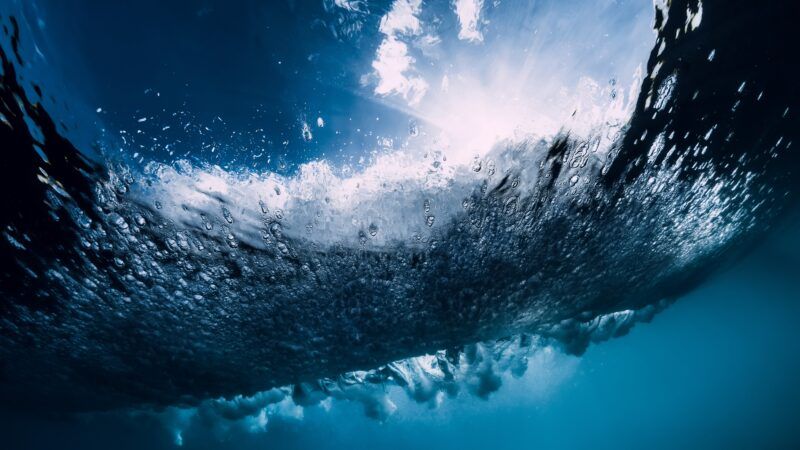 The recovery of old facilities such as the San Beltrán warehouses in Barcelona for innovative activities is an increasingly widespread practice in ports (Port de Barcelona).
The recovery of old facilities such as the San Beltrán warehouses in Barcelona for innovative activities is an increasingly widespread practice in ports (Port de Barcelona).
From old port facilities to modern innovation and technology hubs
Several ports around the world are recovering historic facilities located on their premises to integrate cutting-edge innovation centres. Former warehouses, docks or disused infrastructures that once housed activities that have now disappeared, but whose skeleton can be exploited for innovative uses.
 The recovery of old facilities such as the San Beltrán warehouses in Barcelona for innovative activities is an increasingly widespread practice in ports (Port de Barcelona).
The recovery of old facilities such as the San Beltrán warehouses in Barcelona for innovative activities is an increasingly widespread practice in ports (Port de Barcelona).
A few decades ago, port cities in the United States and Great Britain, such as Liverpool or San Francisco, began to recycle old port facilities for the leisure of their citizens. Now, the trend is to recover them to house modern facilities where the future of ports is being rethought.
These old buildings have in common that there are typically large spaces needed for activities which often require a lot of square metres, such as the testing of solutions.
Their location in the ports or in neighbouring areas is also an advantage, as it allows the various actors linked to the maritime-port sector to be brought together closer to their facilities and to the sea.
These new hubs are mostly located in Europe and the United States and the majority share their interest in developing projects linked to the blue economy.
Seattle: Maritime Innovation Center
As part of the investment to modernise its fishermen's terminal, the Port of Seattle is converting the historic 1914 Ship Supply Building into the Maritime Innovation Center (MInC), a facility for incubators and accelerators on the one hand and manufacturing and event space on the other.
The MInC is designed to meet the Living Building Challenge, the most advanced sustainability standard in the country, in line with the port's goal of becoming the greenest in North America. To achieve this certification, the MInC will have its own public service, generate and capture its own energy and water and process the waste it generates.
The Port of Seattle will operate the MInC in partnership with Maritime Blue, a Washington-based organisation that develops maritime business, technology and practices that promote a sustainable future. The centre will be home to the Innovation Accelerator, managed by both, which through a mentoring programme hopes to develop ocean-based environmental solutions that also generate employment in the state.
The US port has approved a budget of 32,600,000 dollars to execute this transformation. Construction of the MInC is scheduled to begin in the second quarter of 2024 and be completed by the end of 2025.
Los Ángeles: AltaSea
AltaSea, a public-private partnership, is transforming a historic pier at the Port of Los Angeles and 300 years old warehouses into an innovation campus that will bring together education, science, business and the ocean community.
It will be structured through three initiatives:
The campus: a state-of-the-art facility that includes 1,200 linear metres of pier, seawater circulation and marine life support systems, laboratories, research facilities, and education and job skills development areas.
Science Center: will house the Southern California Marine Institute, a consortium of 23 universities and institutes, whose scientists will conduct cutting-edge ocean-related research focused on solving environmental challenges related to climate change.
Dock Space: Its location is described as the best place on the West Coast to provide research vessels with direct access to the harbour and the open ocean.
Areas of research will include regenerative aquaculture, underwater robotics or exploring renewable energies such as hydrogen, wave and wind power.
The port hopes to complete it by 2025.
San Diego: Blue Tech Bay
Also in California, Port of San Diego Waterfront Development invests in various types of projects, from major redevelopment and community infrastructure to start-ups and pilot projects to give companies in the region the opportunity to remain competitive in the global marketplace.
This is the context for Blue Tech Bay, which is divided into two branches; a blue economy incubator and aquaculture development to generate research on food production or for other purposes such as alternative fuels, bioremediation and fertilisers.
To date, several pilots have taken place with an investment of $1.7 million. Their location in the harbour bay allows them to develop on-site projects such as the placement of EcoConcrete's eco-bio-powered concrete to regenerate the biodiversity of the area.
Rotterdam: Rotterdamsche Droogdok Maatschappij (RDM)
Perhaps we are talking about the doyen of innovation spaces in European ports: the building that belonged to Rotterdamsche Droogdok Maatschappij (RDM), the city's largest shipbuilder and located on a quay in the Waalhaven district, in the centre of the port, was acquired by the city council to create an entrepreneurship campus in a partnership formed between the Port Authority and the University of Applied Sciences.
Today it houses more than 60 companies that educate, research and generate solutions for the port manufacturing industry of the future based on digitalisation or energy transition. For example, the company Skel-Ex, designs and markets ergonomic exoskeletons to minimise the risk of injury for shipbuilding workers.
RDM is part of the Rotterdam Makers District, which spans both sides of the river. On the other side is the still growing Merwe-Vierhavensgebied (M4H), which belongs to the same umbrella and specialises in bringing innovation from additive manufacturing, robotisation and the development of materials for maritime and industrial environments based on circularity and digitalisation.
Barcelona: BlueTechPort
BlueTechPort is the innovation centre designed by the Port of Barcelona and dedicated to promoting the growth and development of the blue economy. In the future, it will occupy the Naus de Sant Beltrán, a complex made up of six units of former port warehouses connected to each other that will have a total floor area of 9,240 m2, giving rise to nearly 20,000 m2 of useful spaces for the creation and development of entrepreneurial talent.
The aim is for start-ups focused on maritime and environmental technologies to develop and scale projects that foster innovation and collaboration and position Barcelona as a blue economy hub.
BlueTechPort will form the main node of the Blue District, the technological district that the Port of Barcelona intends to develop in the Port Vell area (the area of the port closest to the city) and in which it will coexist with other innovation hubs such as Tech Barcelona's Pier01 or the Norrsken Barcelona House, which will be inaugurated next October.
The district is designed to generate synergies between the different institutions and companies present in the Port, as well as external companies and research centres of reference and vocational training centres.
Since the Naus de Sant Beltrán will not be ready until 2026, some spaces for entrepreneurs have already been opened at Pier01. Once the America's Cup events are over at the end of 2024, some of the recovered facilities will also be used for innovation.
As is often the case, in order to relaunch the future, the foundations need to be laid on the past. And the port world is no exception.






